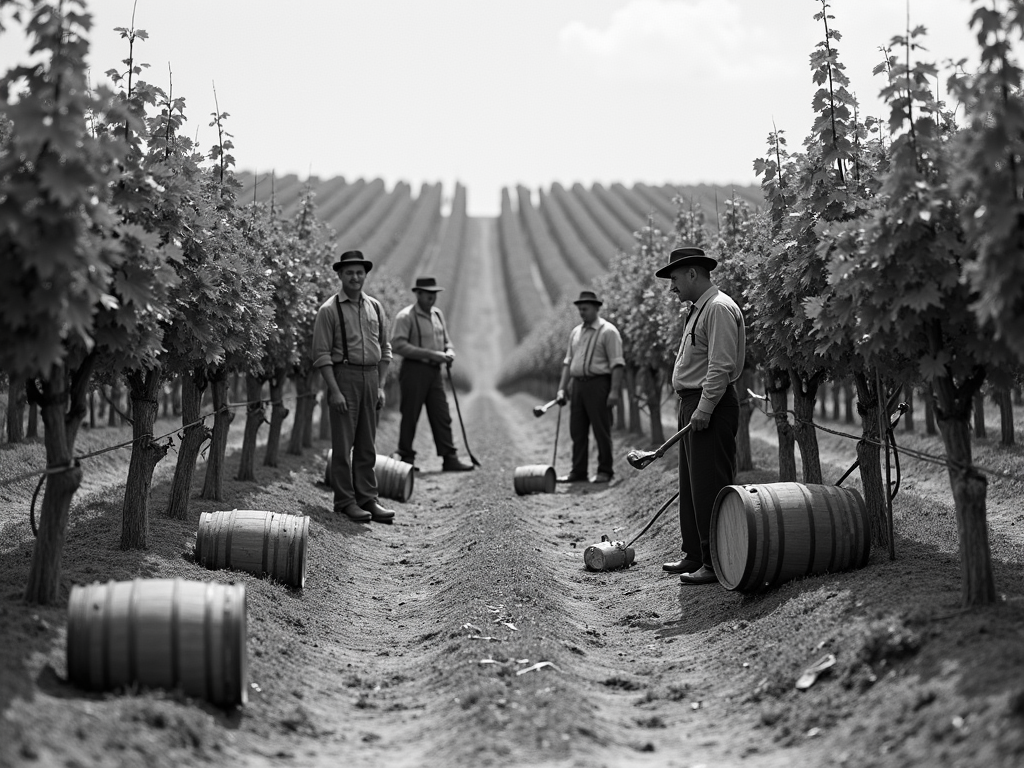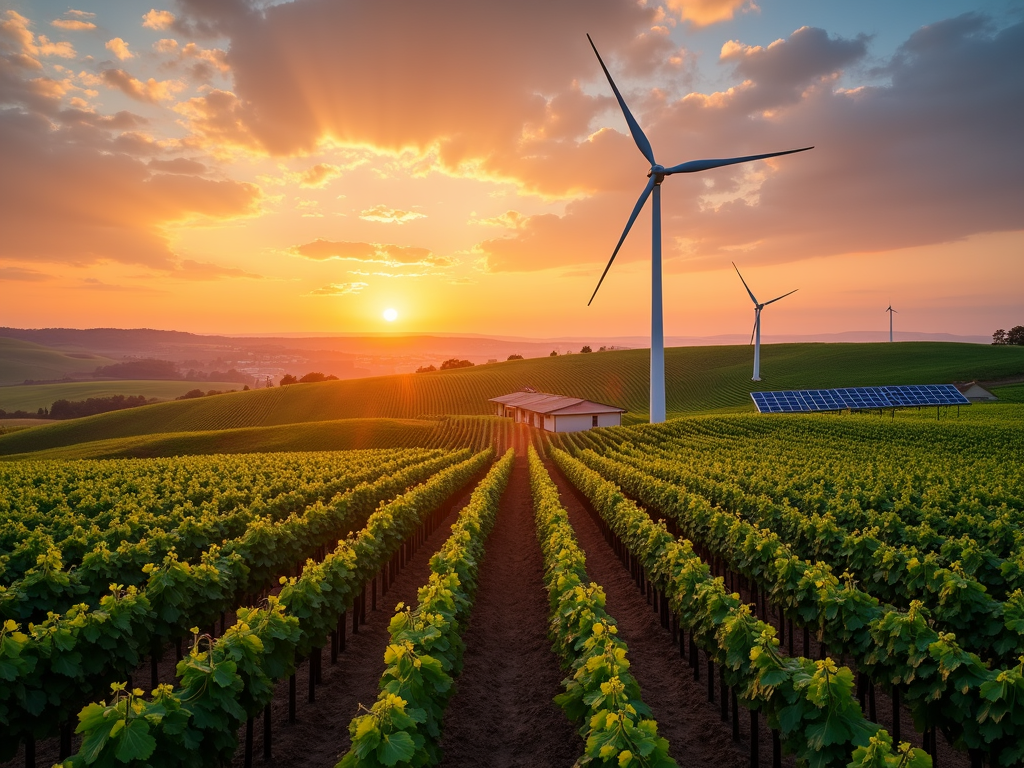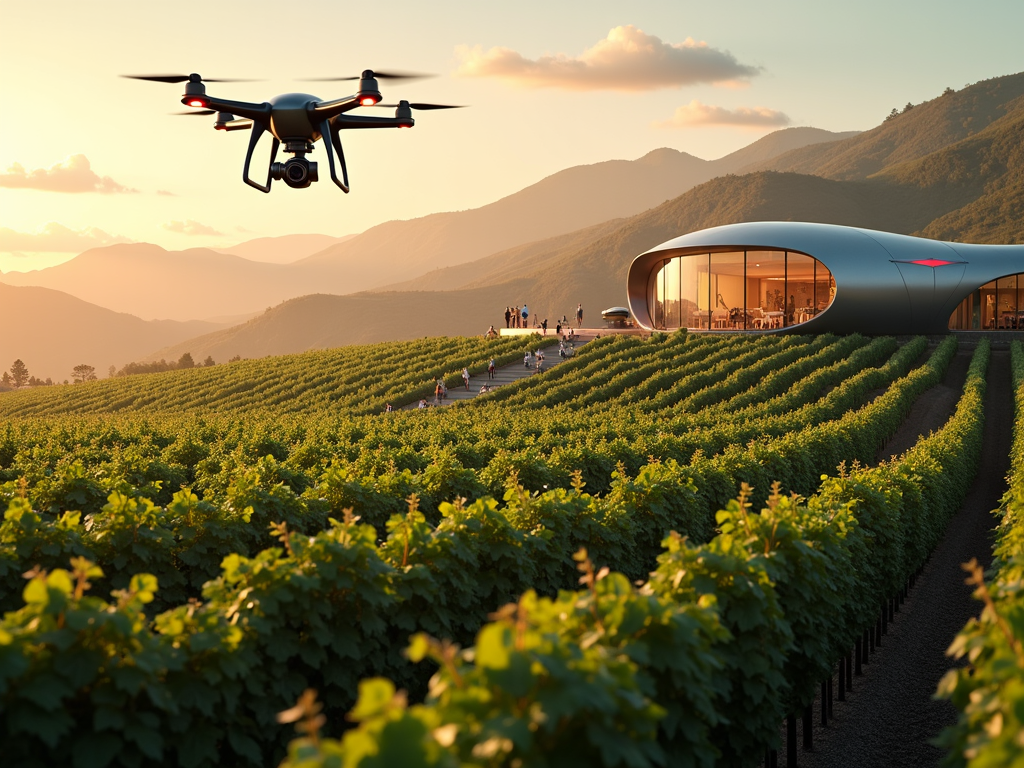From Vine to Glass: The Evolution of American Winemaking Techniques
Overview
American winemaking has grown from simple beginnings into a world-class industry. This article explores The Evolution of American Winemaking Techniques, spotlighting key changes and the influence of wine brands like Beringer. Get ready to see how tradition and innovation have shaped every bottle you enjoy today.

Roots of American Wine: The Early Years
Winemaking in America started centuries ago when settlers brought European grapevines to the East Coast. By the 1800s, California became the heart of it all. Back then, everything was hands-on. Workers picked grapes by hand, stomped them with their feet, and stored the juice in wooden barrels. The results varied—sometimes great, often not. Still, folks like the Beringer brothers saw potential. They started Beringer Vineyards in 1876, turning rough methods into something special. I’ve walked those early vineyard paths myself, and you can feel the grit and hope in every step.
The Big Shift: Machines and Science Step In
The 1900s changed everything. Machines took over the heavy lifting—think mechanical harvesters and presses. Stainless steel tanks replaced old barrels, keeping temperatures steady and flavors clean. Winemakers started using science, not just guesswork. Oak barrels came into play too, adding rich tastes to the wine. Beringer jumped on these ideas early, perfecting them over time. Their Beringer wine tours and experiences show this shift up close—standing by those shiny tanks, you see how far we’ve come. Check out more on how tech shaped wine here.

Perfecting the Craft: Quality Over Quantity
As techniques improved, so did the wine. Winemakers learned to control every detail—when to pick grapes, how long to ferment, even the type of yeast. This wasn’t just about speed; it was about taste. Beringer led the pack, earning awards and fans worldwide. During one of their wine tours, I tasted a Chardonnay aged just right in oak—it was smooth, bold, and unforgettable. That kind of care sets top wine brands apart. It’s why American wines started showing up on global tables.
Going Green: Sustainability Takes Root
Today, winemaking isn’t just about flavor—it’s about the planet too. Many wineries, including Beringer, use solar power and recycle water. They grow grapes without harsh chemicals, keeping the soil healthy. This isn’t a fad; it makes better wine. I’ve seen their vineyards glow at dusk, solar panels catching the last light. It’s inspiring. Want to dig deeper into sustainable practices? This EPA resource explains it well.

Beringer’s Mark: A Leader in the Game
Beringer isn’t just a name—it’s a legacy. As one of America’s oldest wineries, they’ve mixed old-school know-how with new ideas for over a century. Their Beringer wine tours and experiences let you step into that story. Picture this: sipping a Cabernet in the historic Rhine House, surrounded by stained glass and tales of the past. It’s not just a drink; it’s history in a glass. Learn more about their journey here.
What’s Next: The Future of Wine
American winemaking keeps pushing forward. Drones now scout vineyards, spotting ripe grapes from the sky. Robots might harvest them soon. Scientists map grape DNA to grow stronger vines. Small wineries are popping up too, trying wild new flavors. Beringer stays ahead, blending these trends with their classic style. I imagine a day when every bottle tells a high-tech story—pretty exciting stuff for wine lovers!

Key Techniques Through Time: A Quick Look
Here’s how it evolved:
- 1800s: Hand-picking, foot-crushing, wooden barrels.
- 1900s: Machines, steel tanks, oak aging.
- Today: Sustainability, precision tools, biotech.
Each step made wine tastier and production smarter. It’s a craft that never stops growing.
Summary
The Evolution of American Winemaking Techniques is a story of hard work and bright ideas. From stomping grapes to flying drones, every change has built something amazing. Beringer and other wine brands have guided this ride, making wines we love today. Next time you pour a glass, think about that journey—it’s worth a toast. Curious for more? Check out the links below!